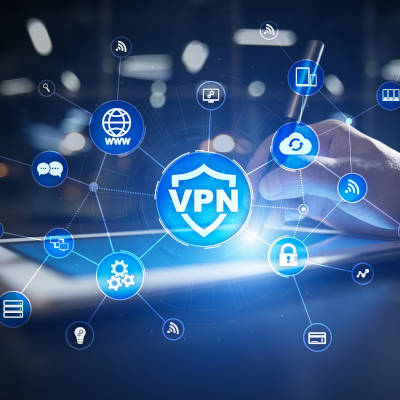While reliable technology support has always been important, the sudden and widespread adoption of remote work by so many businesses has made it an essential component for an organization’s success. However, for your team members to have technology that continues to serve them as they do so, it is important that they are able to receive the same support as they would in the office.
People look at their work differently, just as they view their lives differently. The many different perspectives of your staff brings a bit of variance of how they view data security. This isn’t so good for your business as you need to trust them to prioritize the security of your data and infrastructure. Let’s take a look at some of the best practices that you should be training your staff in, which will allow them to protect your data better, and theirs.
Conferencing has played a crucial role for businesses, and never more than in the past year. Unfortunately, this has presented the opportunity for trolls to join in these remote collaboration efforts, interrupting them with inflammatory and vulgar content. Labelled “Zoombombing”, these attacks have led to the implementation of numerous privacy protections and countermeasures… but the question remains: how effectively do these protections defend a business’ efforts? As a study has revealed, not effectively enough.
Even before the COVID-19 pandemic forced many businesses into implementing remote operations, such work had been rising in popularity for a while. As a result, this only makes it more important to consider remote work as an option, particularly as the need to socially distance remains pressing.
With remote work remaining a popular option embraced by many businesses nowadays, it is more important than ever that security is prioritized amongst the employees now operating outside of the office. One facet of doing so is to implement a virtual private network, or a VPN. Let’s go over what a VPN is, and how it works to protect your business’ data.
Collaboration is a critical consideration—especially nowadays, with more people than ever before working remotely. Fortunately, there are plenty of solutions available today that enable the level of communication necessary for effective collaboration to take place. Let’s go over some of the tools your business should embrace to fulfill its needs.
Working from home—especially for an extended period, as many have—can take its toll on anyone. Just think about it: instead of the home being a place of relative sanctuary that your employees can retreat to after the workday is over, the home has become just another place for work to be done. This quite understandably isn’t healthy, so it becomes important that your team members are able to separate their work life from their home life.
With so many people working from home right now, businesses have managed to keep their operations going somewhat successfully by using the remote solutions that are available today. While it is fortunate that today’s technology enables businesses to do so, the importance of cybersecurity cannot be understated as remote work is implemented.
Shadow IT is a big problem in today’s business, but not a lot of people know about it. As powerful as technology can be if it is left unmonitored, it can run into problems. Shadow IT is unmonitored technology because it is brought onto a network without an IT administrator’s knowledge. Today, we talk a little bit about fighting shadow IT and how to get your staff on board.
With the pandemic stretching on for so long, there are a lot of workplaces figuring out ways to reopen and resume operations. Due to today’s technology providing the option for some, many managers and business owners have elected to keep the office shut down and shift to remote operations. Technology is also assisting those who are going back into the workplace. Let’s examine some of the technology that is being used to accomplish workplace processes, in all the different ways it can.
- 1
- 2










